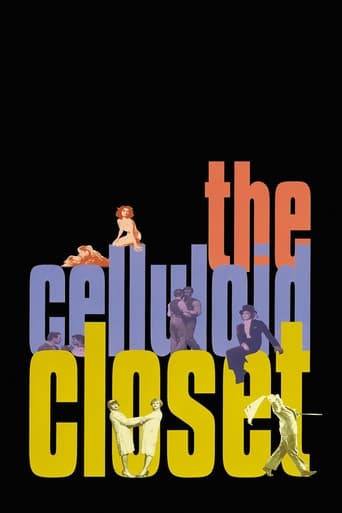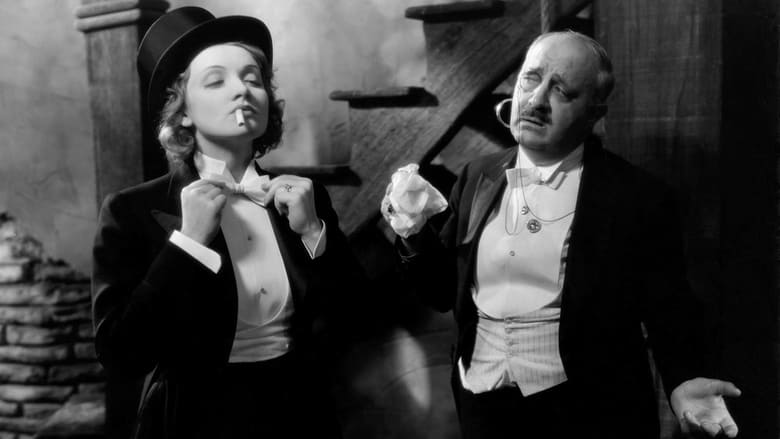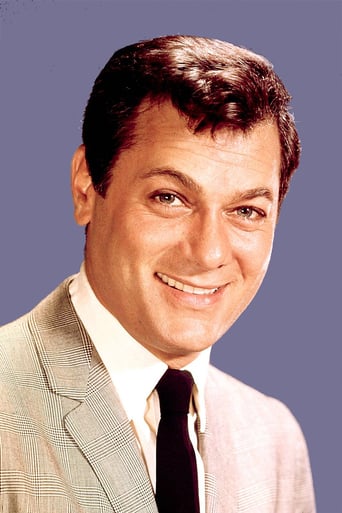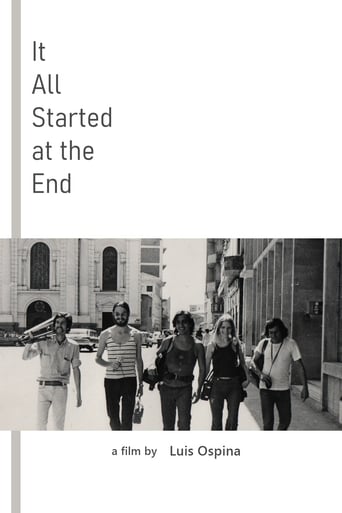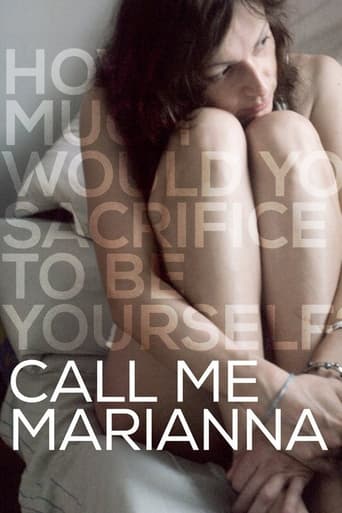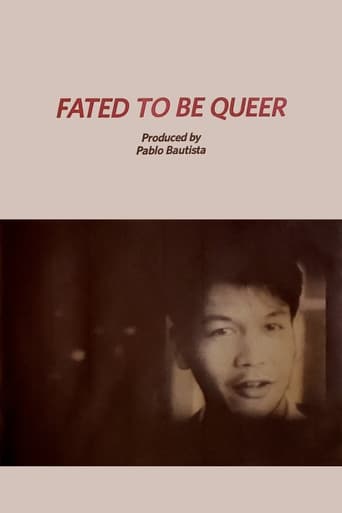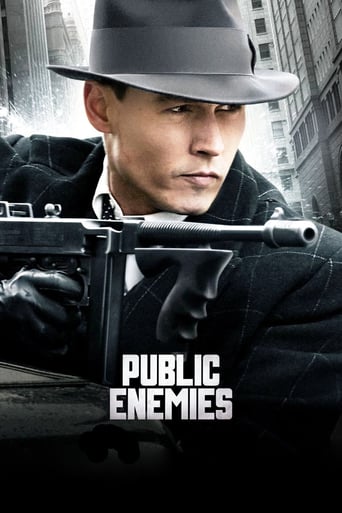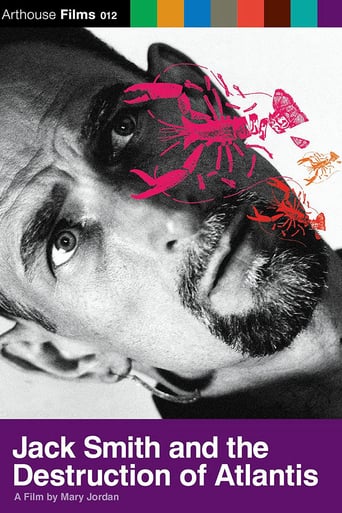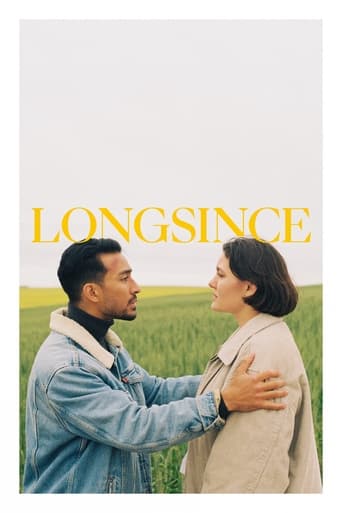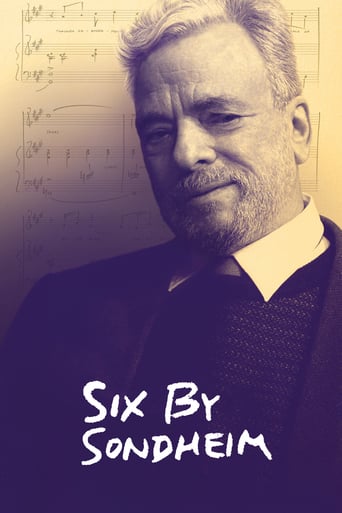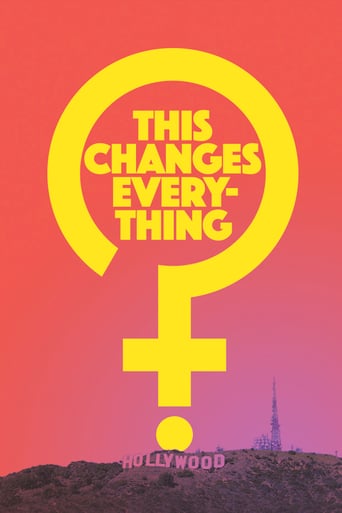The Celluloid Closet (1996)
What "That's Entertainment" did for movie musicals, "The Celluloid Closet" does for Hollywood homosexuality, as this exuberant, eye-opening movie serves up a dazzling hundred-year history of the role of gay men and lesbians have had on the silver screen. Lily Tomlin narrates as Oscar-winning moviemaker Rob Epstein ("The Times of Harvey Milk" and "Common Threads: Stories from the Quilt") and Jeffrey Friedman assemble fabulous footage from 120 films showing the changing face of cinema sexuality, from cruel stereotypes to covert love to the activist triumphs of the 1990s. Tom Hanks, Susan Sarandon, Whoopi Goldberg, Tony Curtis, Harvey Fierstein and Gore Vidal are just a few of the many actors, writers and commentators who provide funny and insightful anecdotes.
Watch Trailer
Free Trial Channels
Cast


Similar titles
Reviews
not as good as all the hype
Nice effects though.
Excellent characters with emotional depth. My wife, daughter and granddaughter all enjoyed it...and me, too! Very good movie! You won't be disappointed.
Each character in this movie — down to the smallest one — is an individual rather than a type, prone to spontaneous changes of mood and sometimes amusing outbursts of pettiness or ill humor.
The premise of the topic of homosexuality and Hollywood was very concisely articulated through the documentary style, and utilized a chronological overview that lays the ground work coherently and engagingly, with just the right particular attention to both the various stereotypes and tropes of homosexuality, censorship, and the utilization of purposeful, yet subtle, innuendo that many filmmakers throughout the years utilized in history to work around censorship.The interviewees were a good selection of scholars, actors, and filmmakers. The Narrator, Lilly Tomlin, did a good job of narrating, expressing just the right tone and infliction for the subject matter. Despite there being a narrator, what was being said in the film did a good job of being expressed through the cinematic images being utilized, the narrator, and the interviewees such as Tony Curtis, Whoopi Goldberg, and Daniel Melnick to name a few of those whom contributed.Overall it was an excellent basis for the topic, very engaging despite its traditional documentary format, and you can tell that a fair about of care and attention went into its production. Despite the fact that it might be a little dated by 2015's standards, it is still relevantly informative and fascinating, and is something that should still be watched even now if you are a cinema history buff or just plain love cinema.
"The Celluloid Closet", released in 1995, gives a keen insight into the history of homosexuals depicted in the art of film. This documentary has a great set up of commentators. They are all qualified to be speaking on the subject matter. Names and job descriptions are all given in the documentary. A younger audience can even recognize commentators such as Whoopi Goldberg and Tom Hanks. There is a sneak peek into the political influence on film production. The classic movie "Ben-Hur" released in 1959 and directed by William Wyler, is just one of the examples given for film with underlying homosexual influences. This justifies the use of "Closet" in the title. In many of the films used in the documentary the sexuality of the characters is not directly addressed, but none the less evident after watching "The Celluloid Closet". The documentary follows the changing social views of sexuality and what is acceptable chronologically, all the way from black and white films to colored films. Watching this documentary is sure to enlighten the viewer, and would be helpful to all who would like to have a better understanding of homosexuality in relation to films and film production. While being very informative the documentary is also enjoyable and engaging.
The docufilm, The Celluloid Closet (1995) is enlightening on several levels. It has illustrated how film can be re-interpreted. In this case a few references have re-interpreted carefully selected film clips as a subtext of homosexuality. This is a retrospective prism from the perspective of a homosexual audience. This revised perspective of film becomes the premise from which to forge a tool to critique English speaking cinema, primarily that of the Hollywood variety. In other words the issue of 'homosexuality' is utilised in order to highlight the power of Hollywood and its conservative bent (pun not intended) on morals and values. The set of values are a reflection of public morality throughout the ages. This perception of morality by the audience is a further reflection of the contested and contrasting ideas of ideals between conservative and liberal factions. This is reflected as an ever shifting attitude by Hollywood's toward homosexuality, thereby exacerbating the public's confusion of morality.On closer examination this confusion is explained less by whether homosexuality should be referenced on film, but more about how it should be portrayed and interpreted. Where the stereotyped 'pansy' has been portrayed by film makers and promoters as none-threatening as it's more palatable, the actual practise of homosexual sex acts within film, is pushing the boundaries in order to force the audience to question their own values. Ironically, this forces an almost inverse immorality where the film makers portraying homosexual acts are moral whilst the audience are made to feel unethical even for questioning whether this is acceptable causing a collective, guilt trip among the latter.This 'guilt trip' of the film audience has been averted by the Conservative rulers of morality, which frees the public of their obligation towards shaping morality democratically. These conservative moral formers manifested themselves via the likes of the Hays' Code which actually permitted audiences to view films without moral obligations. At this point film became conceived as merely entertaining, rather than an artistic medium to challenge perceptions of morality.Conversly the Hays' code gave artistic license to creative film makers and actors to introduce subtexts into the plots. As such,The Hay's Code was an involuntary contributor to creative film makers who utilised the 'subtext' as a tool for the re-interpretation by differing audiences. The question is were these subtexts introduced to bypass the Hays' Code, challenge it, or an excuse for to advance the ego of the film maker, thereby promoting her or his credentials as an artist? The docufilm is after all a showcase of talented editing! Paradoxically, where the Hay's Code alleviated audiences of moral obligations, it awakened the conscience of some who became post modern moral leaders. These new moral leaders insist their interpretation of film is superior based solely on the fact that they assert that they can see what others can't. As such, these interpretations of film merely serve as instruments to promote a sense (as opposed to actual) authority to certain post modern commentators. Many of these commentators infer that Hollywood is a conspiratorial medium to cause an unthinking, unconscious, naive audience. Rather the post modern idealists who pride themselves on their advocacy of the individual who thinks for her or himself have hijacked film in an artistic coup for their own agenda.In sum, the celluloid closet is a most enlightening, informative docufilm. Highly recommended.
This was a very good documentary about the treatment of homosexuals in films. It presents a somewhat thorough journey from showing homosexuality in a very negative light (such as psychos) to the more modern sympathetic and normalization of gay life in films.However, from a historical viewpoint, it wasn't particularly complete or thorough, as in the years before the newly enforced Production Code (1934), there were quite a few films about gays. While some were the mincing stereotypical images, many were not and silent and international films had quite a few gay or heavily implied characters--all of which was ignored in this documentary. If you are looking for this, like I am, then this film ain't it.My final complaint is something you can't blame on this documentary. Because the film was made in 1995, many of the complaints about not having enough gay images in film seems rather out of date, as gay characters abound not only in film but seem to abound on television. The complaint I have is that although the many gays about on television because they are incredibly clichéd--usually being noble (to the point of nausea in some instances) or campy and clever (like the "Queer Eye" folks). While not politically correct, showing gays who are jerks, country folk (NOT like you'd see in DELIVERANCE), average folks, Mexicans, baseball players, pizza delivery guys or even idiots would be a nice change of pace--at least this would make them more three- dimensional.

